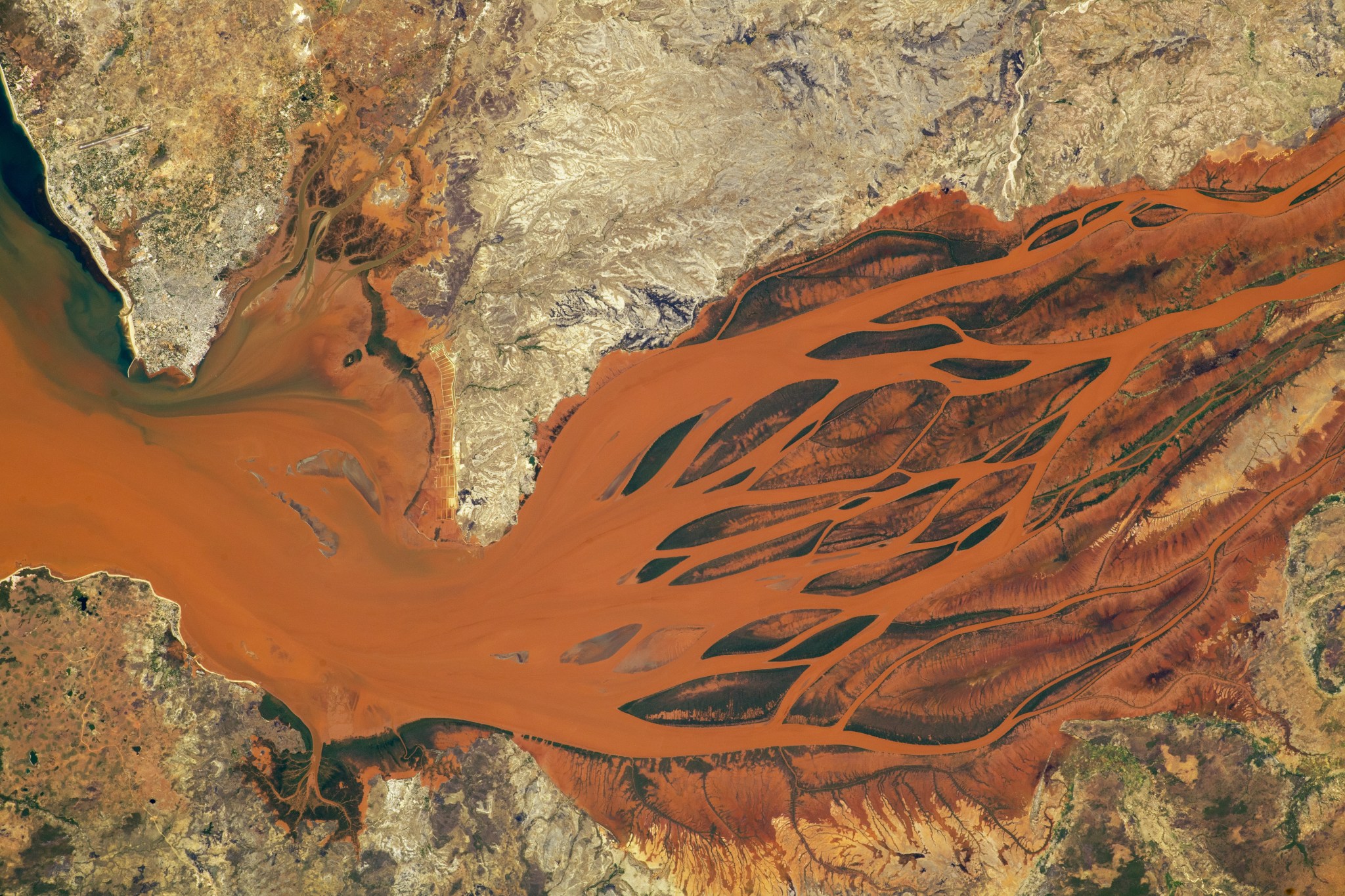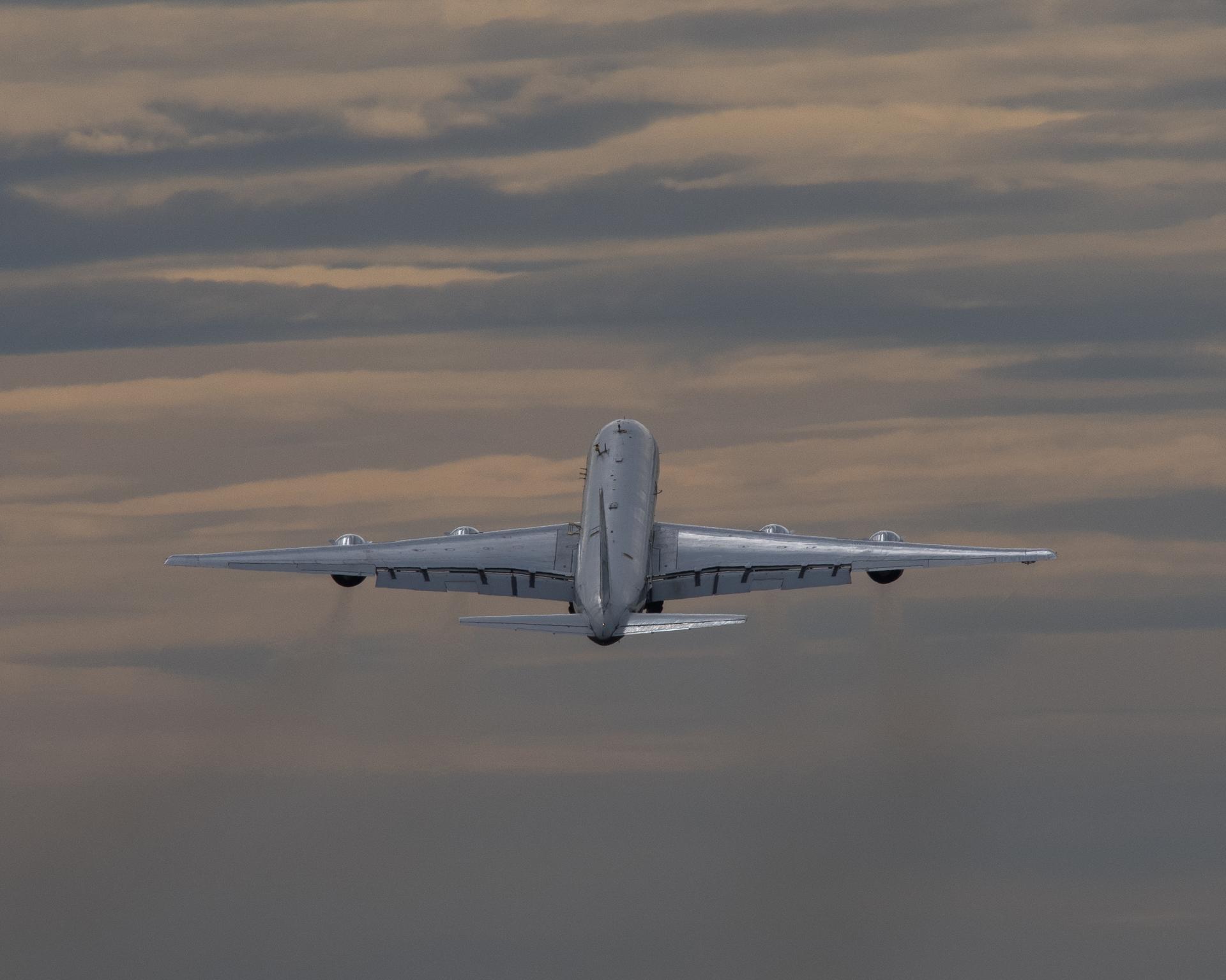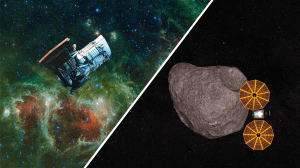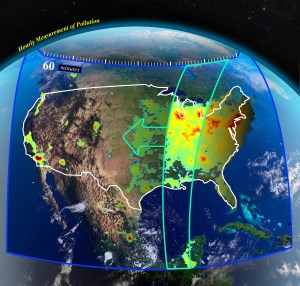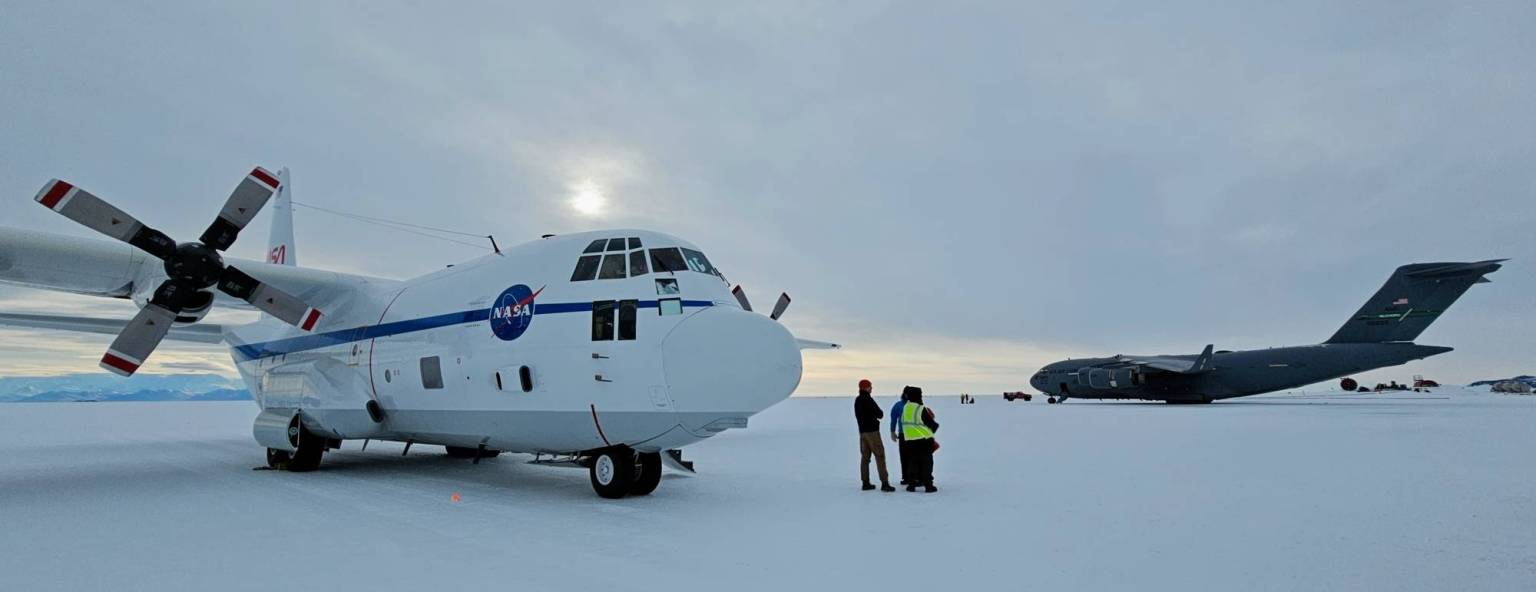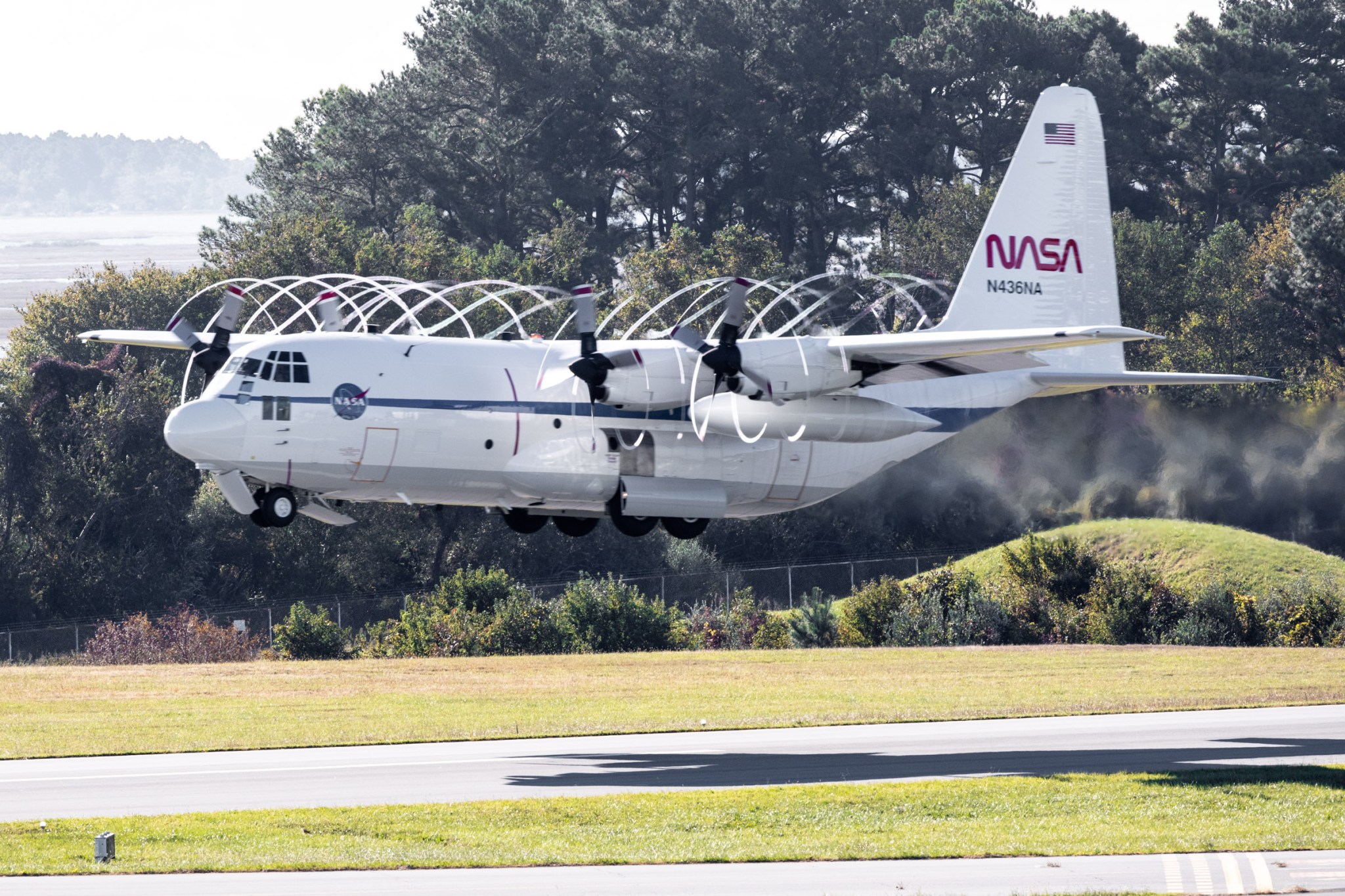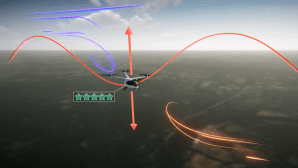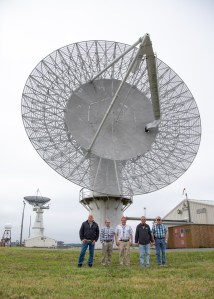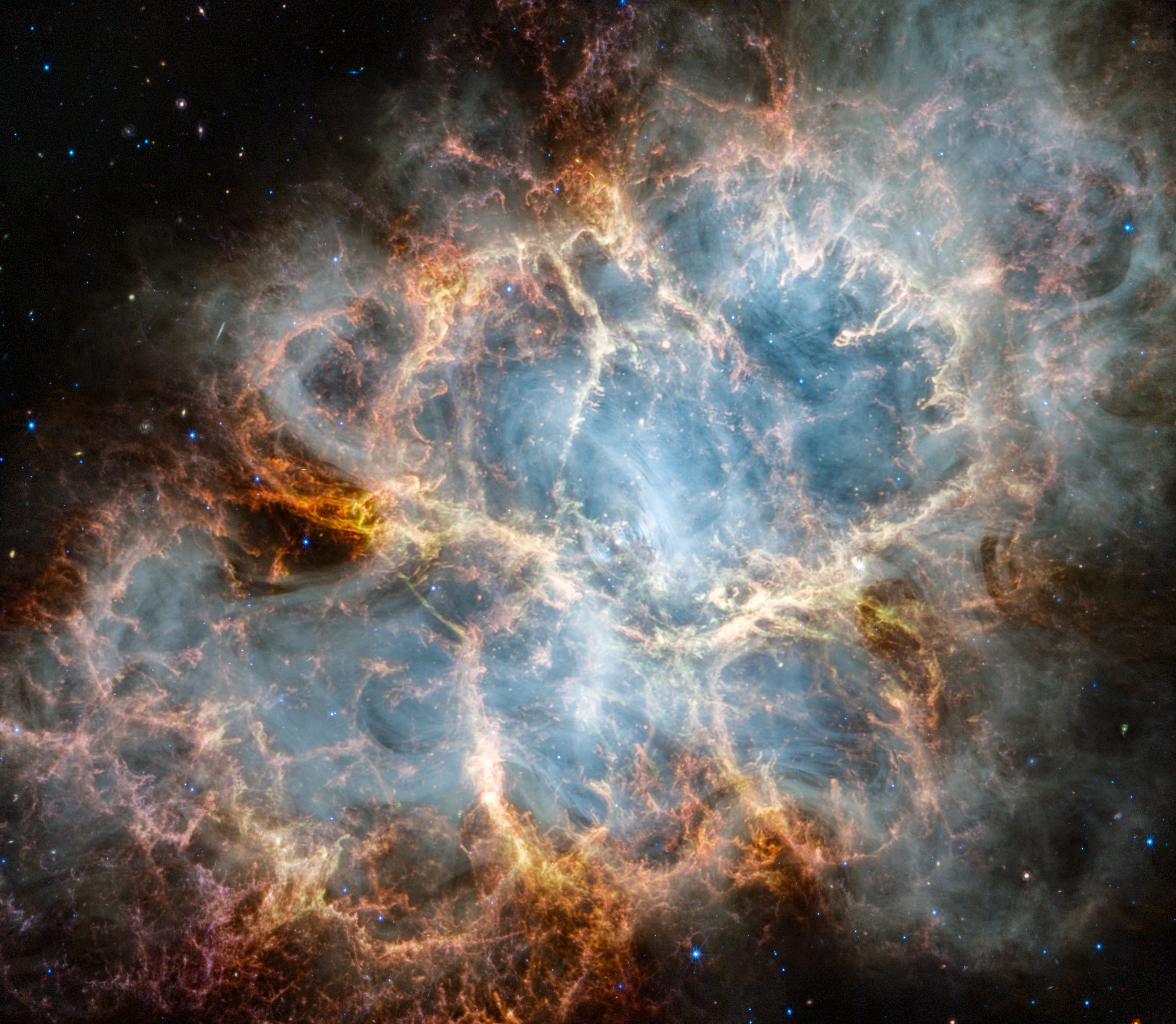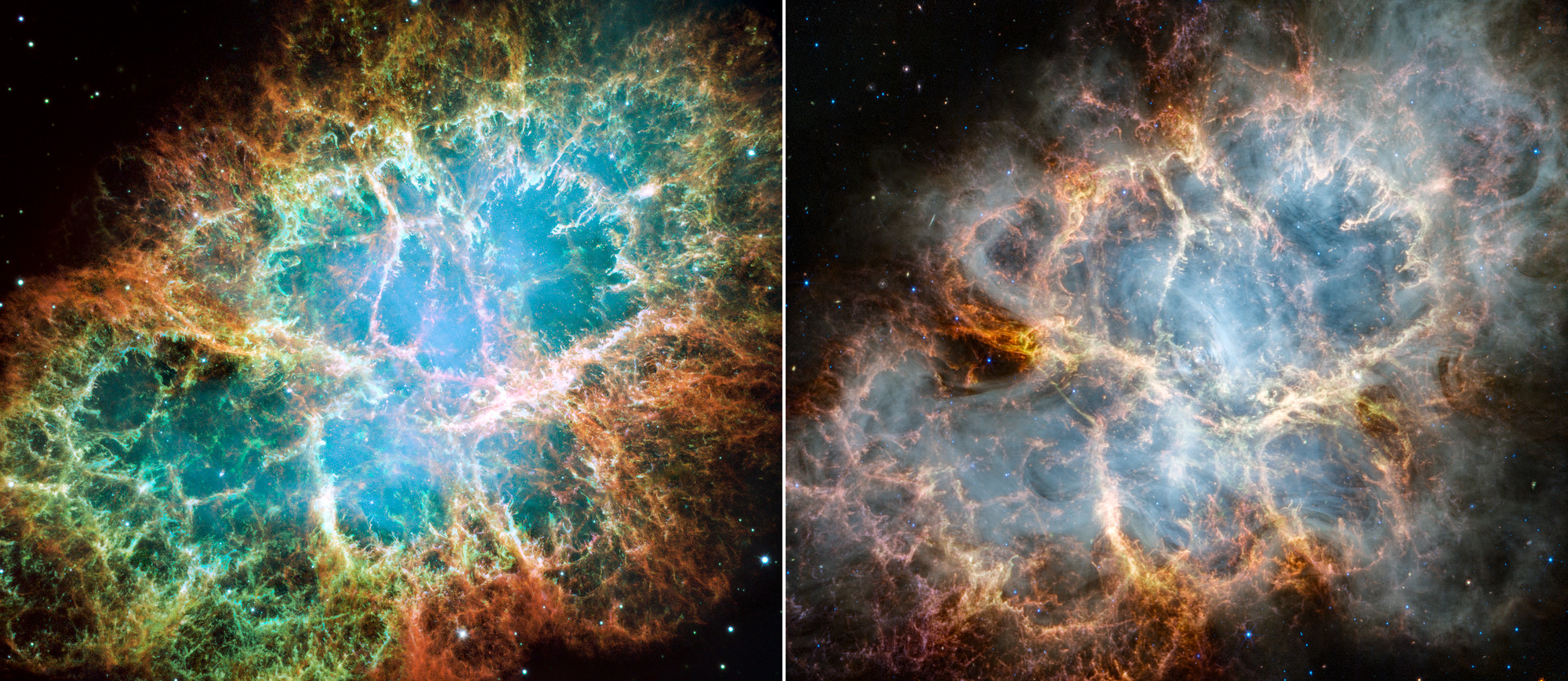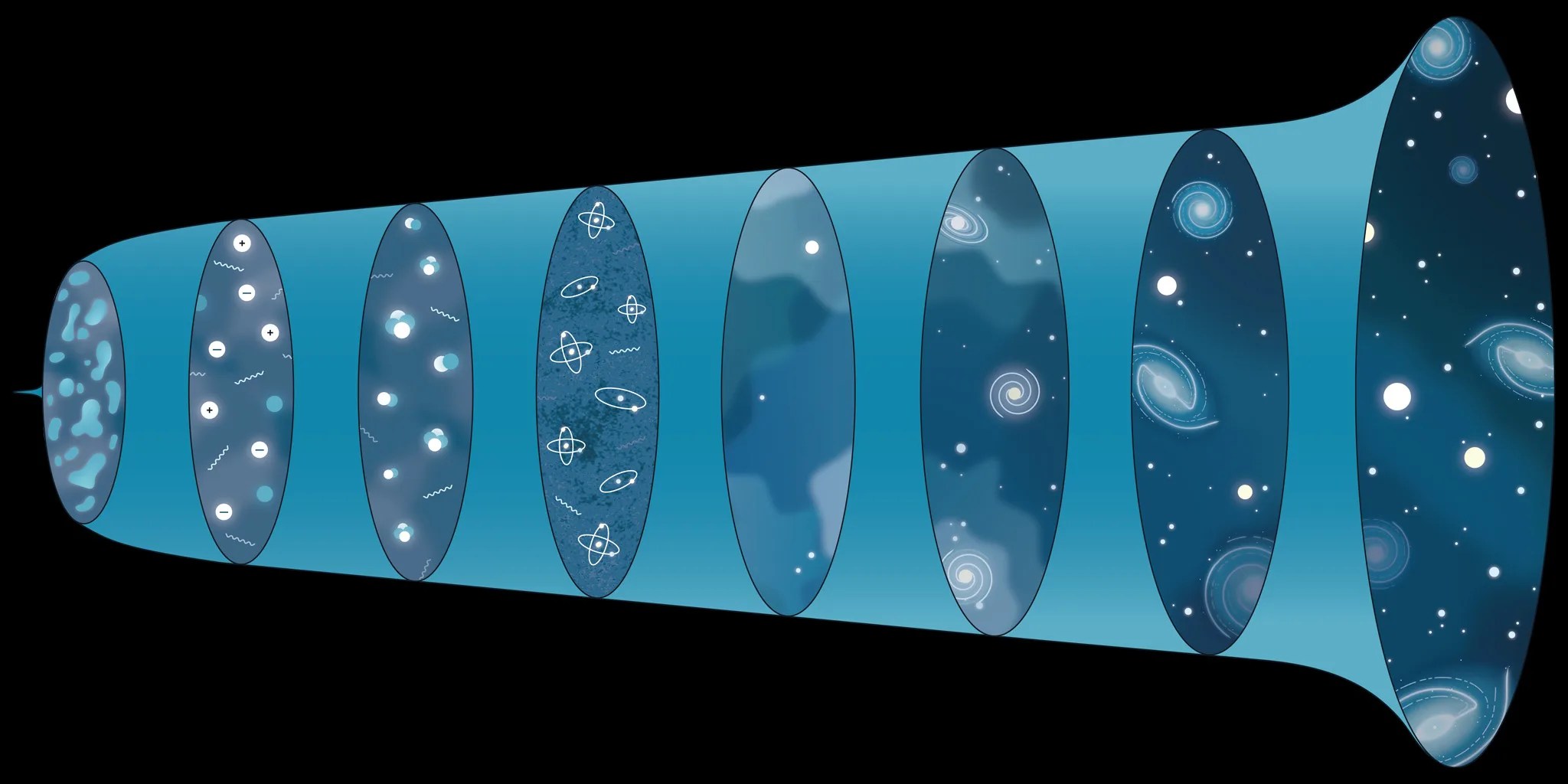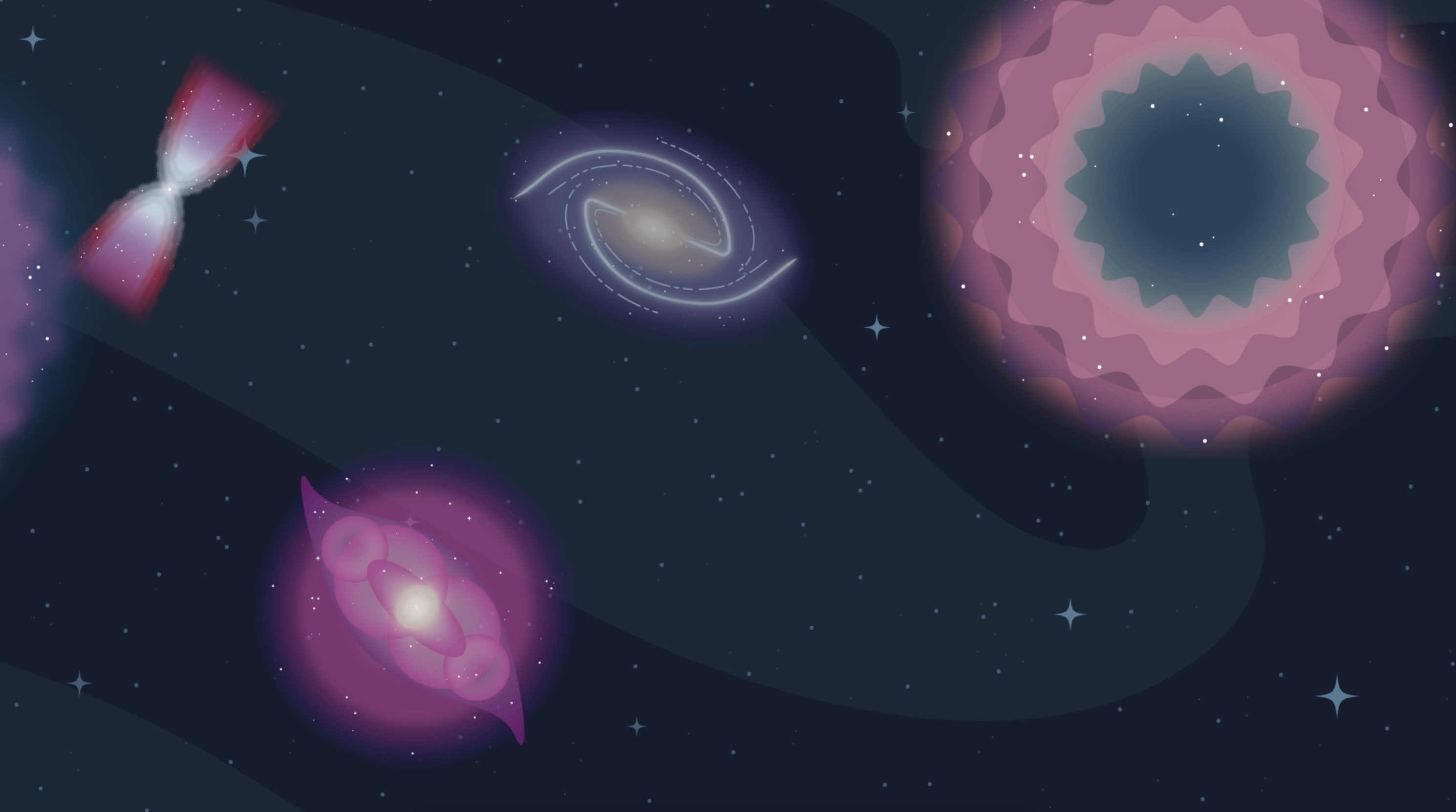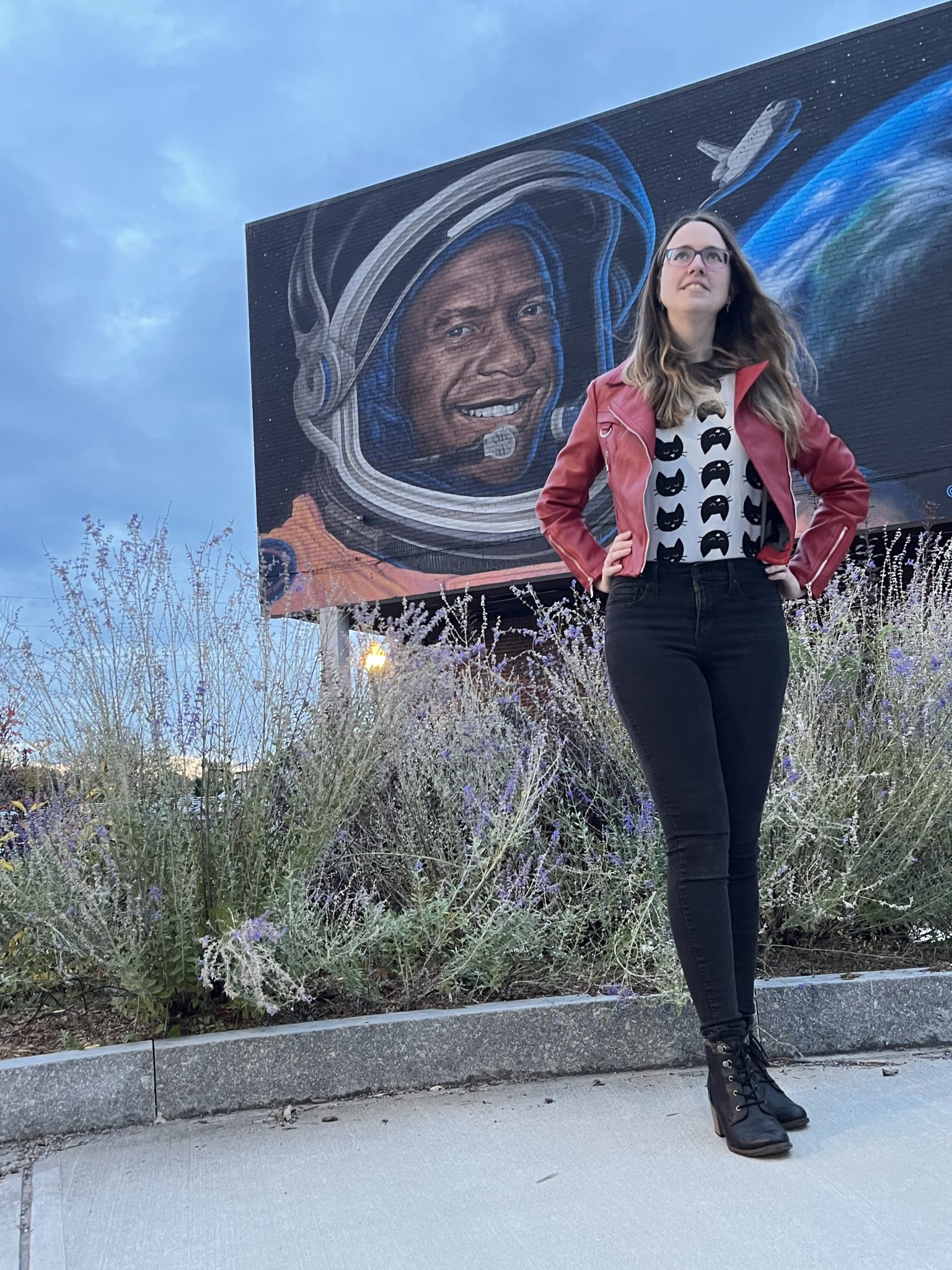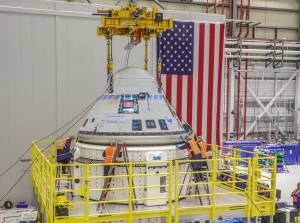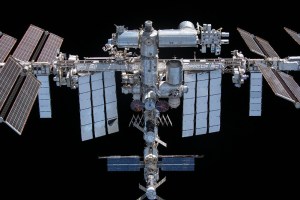NASA’s Modern History Makers: Sarah Tipler
5 min read
NASA’s Modern History Makers: Sarah Tipler
Growing up, Sarah Tipler always felt out of place. She had trouble with time management, structuring her day, and focusing her attention, but she didn’t know why.
“For all of my undergraduate education, I really struggled to keep up despite understanding the material,” Tipler said. “It took a ton of work to make good grades happen, including asking for extensions and pulling last-minute all-nighters. I used to beat myself up for my apparent lack of self-control.”
Tipler enrolled in college after high school but withdrew after facing depression and other mental health challenges. A few years later, she took another stab at school to become a French teacher but found the career wasn’t for her. After realizing studying computer science and engineering fascinated her, she applied for a Pathways internship at NASA’s Glenn Research Center in Cleveland.
“At NASA, I knew that I was working on the kinds of projects that are helping advance humanity’s knowledge of the universe and the world we live in,” she said.
It wasn’t until transitioning to a full-time computer scientist job at Glenn that she finally got some answers about herself.
“At NASA, I was feeling happy, I was in a great place in my life, and I was excited about where I was, but I was still struggling to effectively manage my workload,” she said. “That’s what led me to seek help and obtain a diagnosis of ADHD [attention-deficit/hyperactivity disorder], which has really helped me understand a lot of the issues that I’ve had in my life and put a lot of things in a different perspective.”
Tipler’s colleagues provided her encouragement and a support system, and she’s now helping NASA take its next giant leap with the Artemis missions.
Tipler’s team develops code that models the power systems of the International Space Station, the Orion spacecraft, and the Power and Propulsion Element (PPE) that will help propel Gateway, NASA’s future lunar space station. This SPACE (or system power analysis for capability evaluation) code can predict how much power is generated by solar arrays and determine whether it is sufficient to support important spacecraft systems, like life support and propulsion.
For example, throughout Gateway’s journey, the solar arrays that generate power for PPE won’t always be able to face the sun and generate maximum energy.
“We need to make sure that when Gateway is using its thrusters, which require a lot of electrical power, we’ll have enough for the rest of the spacecraft,” Tipler explains.
Tipler’s team is also developing a graphical user interface that will make it easier for the Flight Operations Directorate at NASA’s Johnson Space Center in Houston to use the code.
“It’s an incredible feeling to know that I’m some small part of that giant puzzle,” she said. “It makes all of the challenges and obstacles that I go through feel worth it when I get to sit down and look at things from the big picture.”
Learning to navigate ADHD has been a long journey, Tipler says, but her family, friends, fiancé, and five rambunctious cats have been there to cheer her up and encourage her. In addition, being able to work remotely from her home in northern New York has been critical to her success at work.
“I have found that teleworking and being fully remote has really helped with my ADHD because my focus isn’t always consistent, so this adds a lot more flexibility into my work life and has helped me be the best productive person I can be,” she said.
Ensuring open communication with coworkers and having conversations about expectations has also kept Tipler on the right track, and she has found ways to thrive.
“I think there are some really cool, unique perspectives that people living with different disabilities can bring to the workplace in the ways we think differently or work to overcome obstacles or problems,” she said.
Often, practices that help people with disabilities can be beneficial to all workers, Tipler says, such as offering written agendas and notes instead of just verbal information or being open to new workplace approaches.
“You don’t always need to know what someone is dealing with to make things better for everyone,” she said.
Tipler wants people working to overcome their own obstacles to know that they are not alone and to remind others that some disabilities, like ADHD, can seem invisible.
“Remember that you never know what someone else is going through,” she said. “The best approach is to operate with kindness.”
NASA is in a Golden Era of aeronautics and space exploration. In partnership with commercial and private businesses, NASA is currently making history with significant missions such as Artemis, Quesst, and electrified aviation. The NASA’s Modern History Makers series highlights members of NASA Glenn’s workforce who make these remarkable missions possible.
Ellen Bausback
NASA’s Glenn Research Center
Powered by WPeMatico
Get The Details…
Kelly M. Matter
